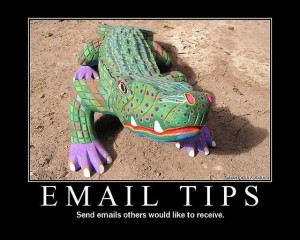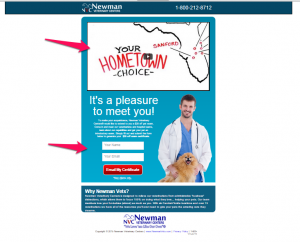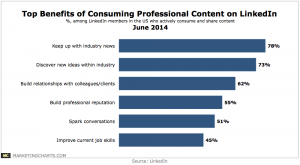— August 10, 2019
Facebook advertising is a powerful tool for expanding your social media marketing reach while targeting an intended audience. The social media platform allows you to narrow down the exact demographics your business aims to gain as customers. However, following practices that successful ad campaigns have established is essential to getting word about your business out there.
Sorting through the massive amounts of online literature about Facebook advertising can be time-consuming and confusing. So, what actually sets a successful campaign apart from one greeted with a less than stellar reception?
As Hubspot explains, successful Facebook ads do the following:
- Present content relevant to your audience
- Contain engaging visuals
- Offer customers something of value
- Provide a call to action
A call to action is crucial for facilitating a high conversion rate. A conversion rate is the amount of times a potential customer follows through on an action when prompted, like subscribing to a newsletter or making a purchase. Your conversion rate goes up each time someone follows your call to action. This is the source of your return-on-investment, or ROI, which is where you recoup your advertising budget.
How Can Facebook Ads Enhance Your Social Media Marketing Strategy?
According to Sprout Social, 68 percent of Americans are on Facebook, with 74 percent of those users visiting daily. The average cost per click for Facebook ads is only $ 1.76, making it one of the most efficient and cost-effective marketing platforms. Since 2016, cost per ad has gone down three percent while ad impressions (a measure of engagement) has gone up 34 percent. For a relatively low cost, you can connect to a potential audience of 164.65 million daily Facebook users.
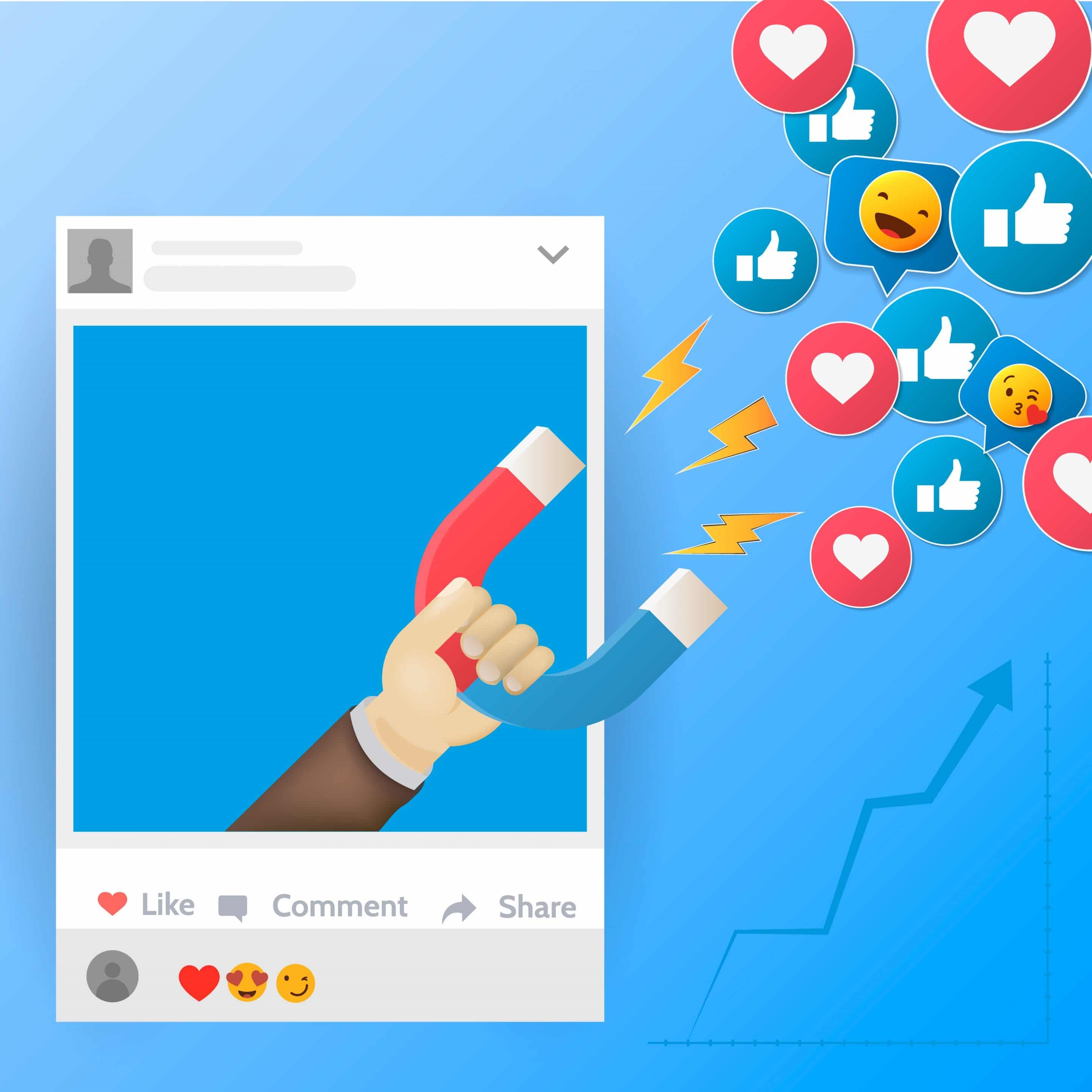
Facebook advertising pulls in engagement from new audience members with by increasing your business’s reach.
One of the advantages of Facebook ads is the ability to target particular demographics. According to Hootsuite, the average Facebook user clicks on eight ads per month. This is considerable engagement compared to traditional advertising, according to MavSocial.
The ability to show ads to people who are interested in a particular type of product or service paves the way for a high conversion rate. In fact, 26 percent of all participants in one survey who clicked on an ad made a purchase afterwards, according to AdEspresso.
For further reading on the effectiveness, cost- or otherwise, of social media advertising, see our blog article on investing in this exciting form of content marketing.
What Types of Social Media Advertising Are Possible on Facebook?
There is no shortage of ways to deliver your media and message through Facebook ads. When coupled with organic content, paid content is able to generate a massive amount of brand awareness while building your audience. The basic array of ads available on the social media marketing platform are:
- Single-Image
- Single-Image with Link
- Stories
- Collection
- Slideshow
- Carousel
- Video
Single-image ads present all the information at once while carousel and slideshow ads exhibit a collection of media. Video is the most successful, generating unrivaled engagement and reshares according to Sprout Social. However, most users watch videos without the sound, so their imagery still has to speak for itself.
How Should I Start A Social Media Advertising Campaign?
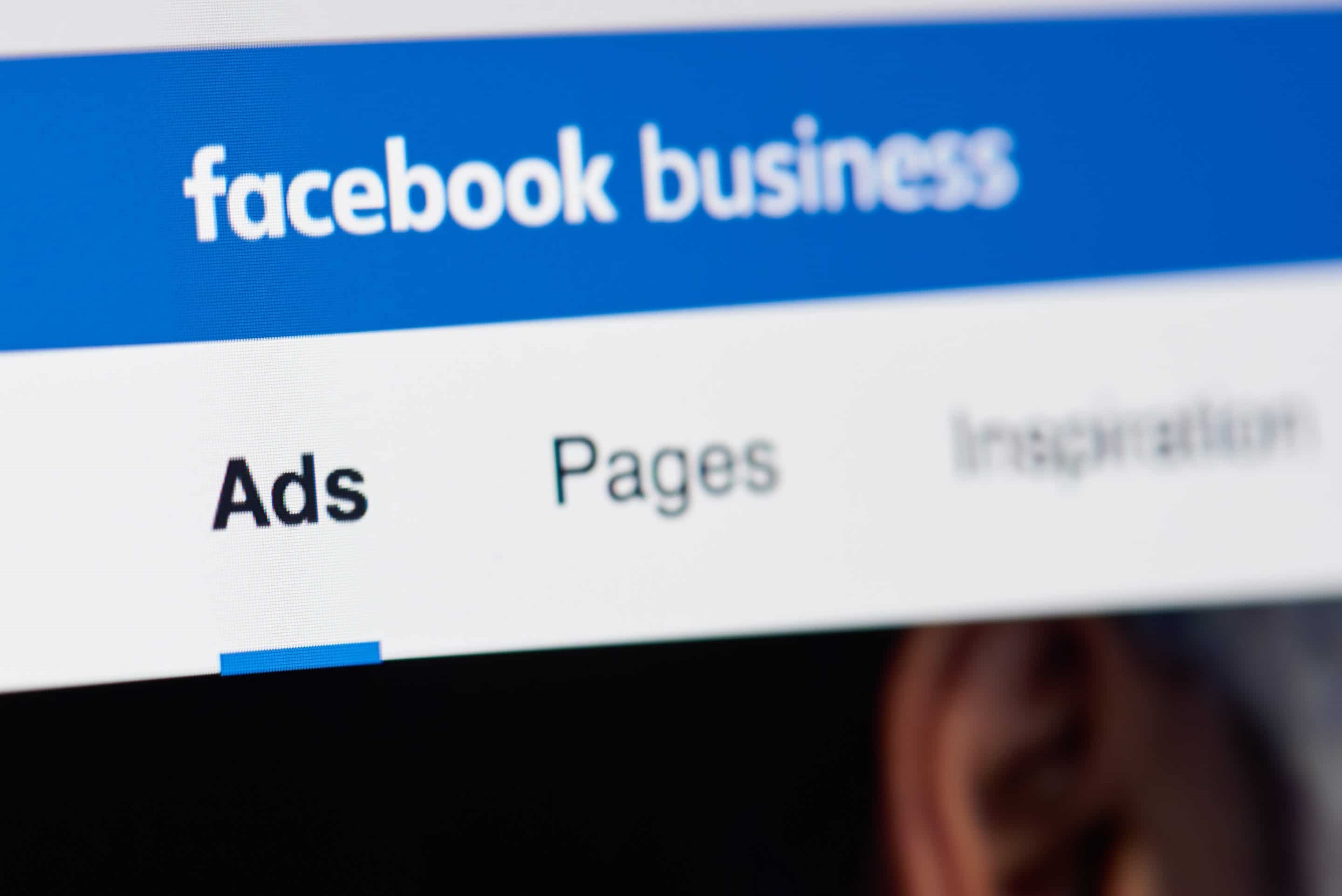
Facebook advertising starts with careful planning.
Although video is wildly successful, single-image ads are the best starting point for determining a direction for future campaigns. With a single-image ad, you can hone your design skills and conserve your time and financial budget while testing the waters of a new form of advertisement.
Start by outlining two different drafts of a single-image ad to figure out what your audience is most attracted to. Decide on one or two factors you’d like to assess, like specific color palettes or images with people versus objects. Plan a draft for each end of the spectrum you are exploring. For example, make one draft with all objects in the imagery, and one with multiple or prominent faces.
Consider what you already know about your audience carefully. Are your products marketed to women, men or an even mix of genders? Is your service location-specific? Now, consider your goals. Are you trying to reach a specific type of customer (i.e. become more niche) or broaden the reach of your business (i.e. create mass awareness)?
Creating two ads will allow you to run an A/B or split test. This is an assessment of which ad performs better with your audience. By split testing, you can learn more about your what your audience prefers to see or read. For an effective split test, only one factor can be different like the text or image.
Knowledge of the audience and your own goals will shape the text you deliver and who you deliver it to. As you arrange and edit your single-image ads, keep these guidelines in mind.
What Are the Best Advertising Practices for Running a Single-Image Ad?
Let’s say that you are trying to start a campaign with a choice of two single-image ads with a link included. If you can, try out two different landing pages in your choice of link as well. The three main areas you’ll have to consider in design and formatting are:
- Text
- Image
- Proportions or “specs”

Consider your Facebook analytics and website data when designing any digital advertising campaign.
You should also optimize your link by including keywords in the URL and page or article title. This will increase the search engine optimization of the landing page itself while making sure that your link and preview convey pertinent information clearly.
- Text
Word economy is extremely important on social media, especially in advertising. The amount of text users are used to seeing is well below the word count Facebook allows in the ad text, headline and link description for linked image ads. According to AdEspresso, current Facebook ads average the following lengths in each of these areas:
- Ad Text: 19 words
- Headline: 5 words
- Link description: 13 words
The optimal length for social media marketing content, whether paid or organic, is often much less than the recommended word count or character limit. In contrast to current averages, Facebook allows you to include up to this amount of text per category:
- Ad Text: 125 words
- Headline: 25 words
- Link description: 30 words
The text sections of your ad are where you can explain that you are offering something of value to the customer as well as a call to action. Text, especially in your link description, is where you will reap your ROI.
2. Image
According to Hubspot, ads that perform well have elements in common with one another. While your image can contain some text, keep it to a minimum. Successful social media ad images are ones that:
- Are eye-catching
- Use a consistent color palette
- Are familiar or recognizable
- Are clear
- Convey your product, service or event
- Use elements that guide eye movement
- Present information readily
Your use of color can greatly influence how Facebook users receive – and perceive – your message. A whopping 85 percent of people say that color strongly influences their purchasing decisions. Eighty percent of people also say that color increases brand recognition. Choose which emotions you would like to elicit in people and what color harmonies you want to use carefully.
3. Proportions
Following specific guidelines on proportions or “specs” is vital for delivering a crisp, engaging image. According to Facebook, advertising images should be:
- In a .jpeg or .png format
- High-resolution
- Composed of no more than 20 percent text
The text limit guideline is recommended to increase engagement but is not a hard-and-fast rule. However, if you have too much text in your image, Facebook will limit how often it’s seen, so it’s best to remember the 20 percent or less guideline.
Additional guidelines for image ads that include a link state that your graphics should have:
- A resolution of 1,080 x 1,080 pixels or greater
- An aspect ratio of 1.91:1 to 1:1
How to Build A Custom Audience for Social Media Advertising
Once you have an ad design that conforms to Facebook’s ad specs with an optimized link and short, engaging text sections, you can start carving out the criteria and demographics you want to include when composing your audience.

Social media ads, including Facebook advertising, are all about targeting an audience of your design.
For beginners, a first step might be creating a “lookalike audience,” one based on your business profile’s existing audience base. Facebook analyzes the social media behavior of people who already like your page and identifies a set of users who exhibit similar behaviors. This starting list may give you a better idea of what your organic customer looks like.
Now, think of the people you’d like to reach. What activities are they interested in? What age range are they? These are important criteria to consider when designing another type of audience, a saved list. This option allows you to reach out to your ideal customer as well as ones who are similar to your current (organic) audience. It is up to you if you want to make a departure from your organic audience, mirror or amplify characteristics of your current audience or blend characteristics from the two.
Whatever you choose, it’s wise to target users by location, which can either optimize your ad campaign’s local visibility or broaden its reach beyond borders.
Next Steps in Creating Future Facebook Advertising Campaigns
Collate all you learned from your ad run. Looking at data from your ads, Facebook business profile and website, ask yourself questions like:
- What colors did my audience respond to?
- What kind of imagery performed best?
- Which link got more click-throughs?
- Did my sales or subscriptions increase with ad engagement?
- Which demographics within my audience did I seem to do best with?
- Was I successful in reaching my intended audience?
Use the answers to these questions to develop more complex ads and longer campaigns. Knowing what imagery performs best could inform a video marketing campaign. Knowing which colors your audience responded best to might inspire you to redesign your website to be more appealing to potential clients. If you simply want to run more single-image ads in the future, you’ll have a clearer concept of how to reach your social media marketing goals.
Digital & Social Articles on Business 2 Community
(60)

